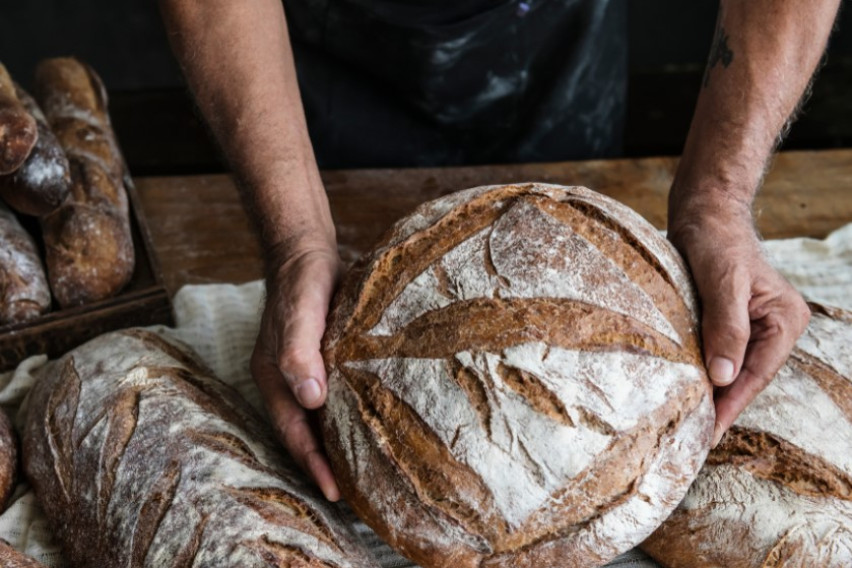The areas where the world’s longest-living people live are called Blue Zones. There are five Blue Zones in the world, and they include the Italian island of Sardinia, the Japanese island of Okinawa, the Greek island of Ikaria, the Nicoya Peninsula in Costa Rica, and the Californian town of Loma Linda.
These places are home not only to the world’s longest-living people—a high percentage of people over 100—but also to groups of people who have aged without major health problems like heart disease, obesity, cancer, or diabetes.

Dan Buettner’s research showed that the longevity of people in blue zones is influenced by quality of life, i.e. everything from a positive outlook to low stress, regular exercise, and quality food.

Blue Zones
In blue zones, people generally consume a diet based on locally grown plant foods (about 80 percent) supplemented with fish, eggs, and dairy products. The world’s longest-living people eat an average of about 65 percent carbohydrate-based foods, such as whole grains, fruits, vegetables, and legumes.
Meat is eaten in smaller portions of about 50 grams five times a month, and fish in portions of about 100 grams three times a week. Eggs and dairy products are consumed in very moderate quantities.

The amount of sugar consumed on a daily basis is also limited – no more than seven teaspoons, and the most common liquids are water and tea, a little coffee and wine.
However, bread consumption is not prohibited in the blue zones. In fact, bread is considered the basis of a healthy diet. But unlike much of the Western world, where the most popular bread is made from white processed flour, in the blue zones people eat bread that the population itself prepares and bakes.
The four most popular types of bread in the blue zones:
Sourdough bread
Sourdough bread is popular in Sardinia and Ikaria, and is made from just a few ingredients – water, wholemeal flour, and a starter.

Thanks to the fermentation process used to make the starter, sourdough bread is rich in prebiotics and improves the body’s absorption of nutrients. Prebiotics improve digestive health and boost immunity.
Bread made from whole grains like wheat, rye and barley
The people of Ikaria and Sardinia not only bake their own bread from whole grains like wheat, rye and barley, but they also grind these grains themselves and make flour. Their bread looks different from the one you can find in stores because it is made with minimal ingredients.

Whole grains are rich in dietary fiber, B vitamins, and minerals such as magnesium, potassium, and iron, which improve overall health.
Pita Bread
A type of bread made from whole grains is extremely popular in Ikaria, and it goes well with plant-based protein sources – from hummus to cooked beans and lentils. Due to the use of whole grains to make this type of bread, it is also rich in dietary fiber, vitamins and minerals.
Cornmeal Bread
Cornmeal or ground corn has been used in food for hundreds and thousands of years, which is not surprising considering that corn is an excellent source of protein, vitamin A, dietary fiber and various minerals.
Corn is used to make everything from tortillas to polenta, as well as various types of bread. Cornmeal bread is extremely popular in Loma Linda, where it is combined with spelt flour and flaxseed, which are excellent sources of omega-3 fatty acids.








